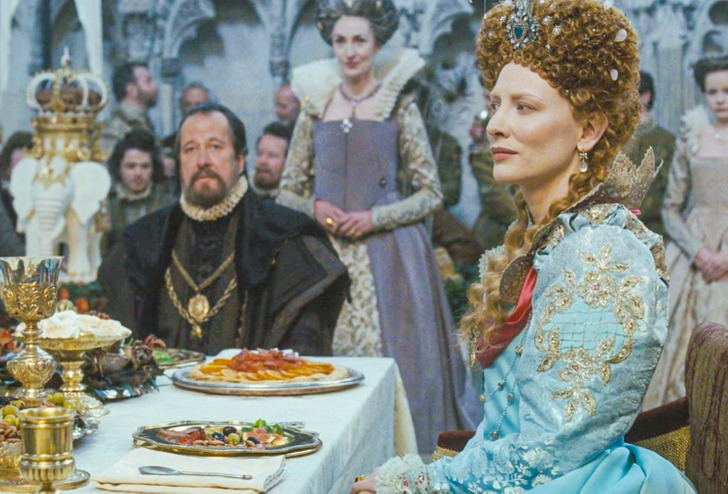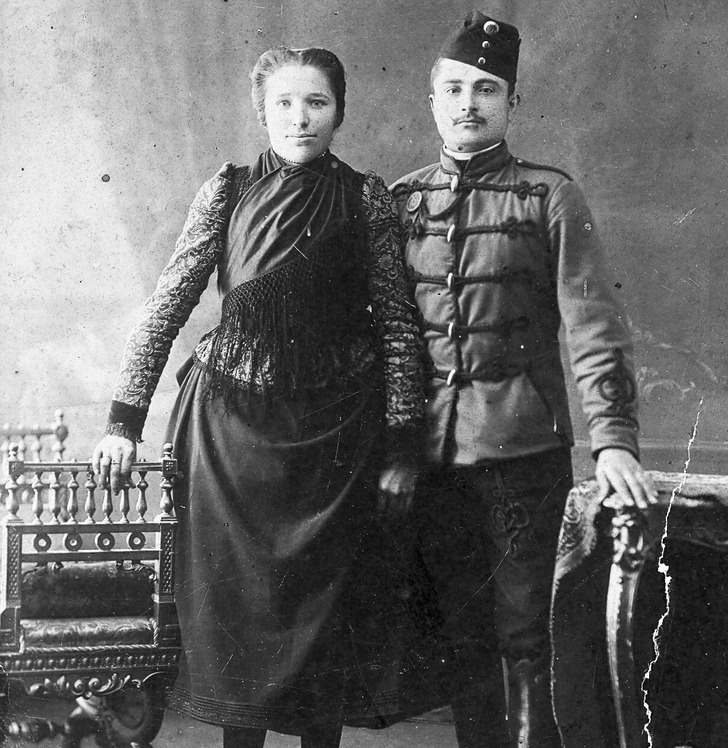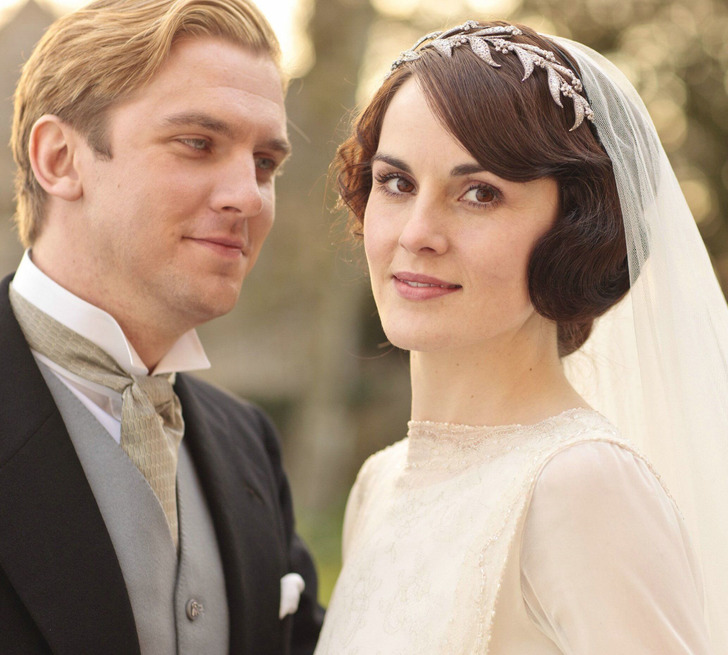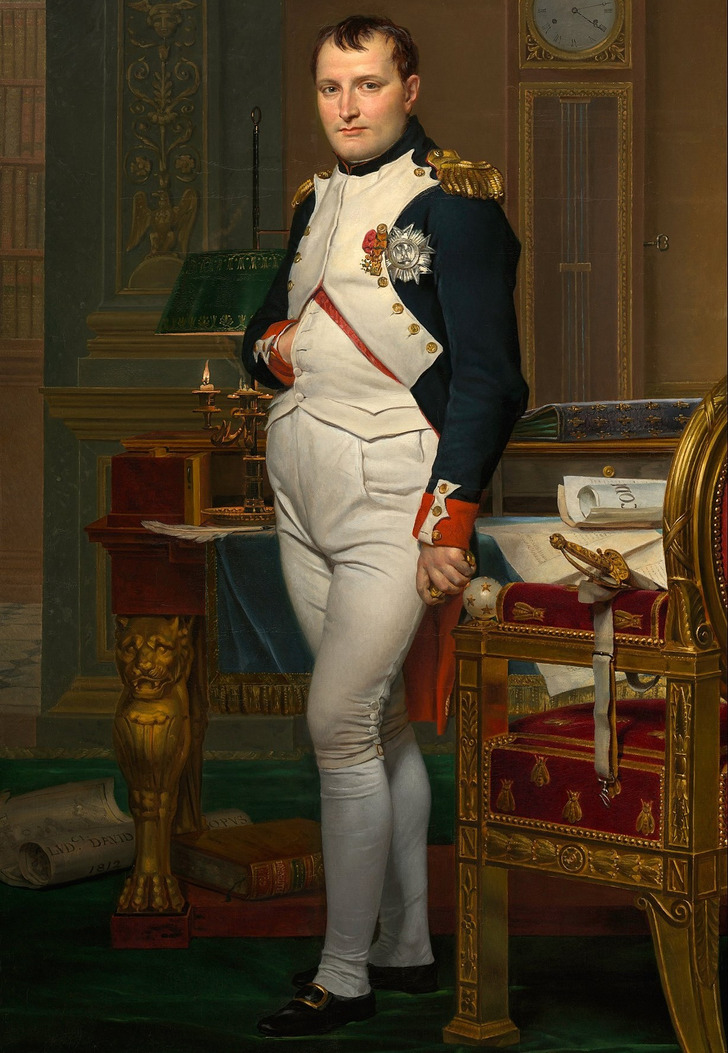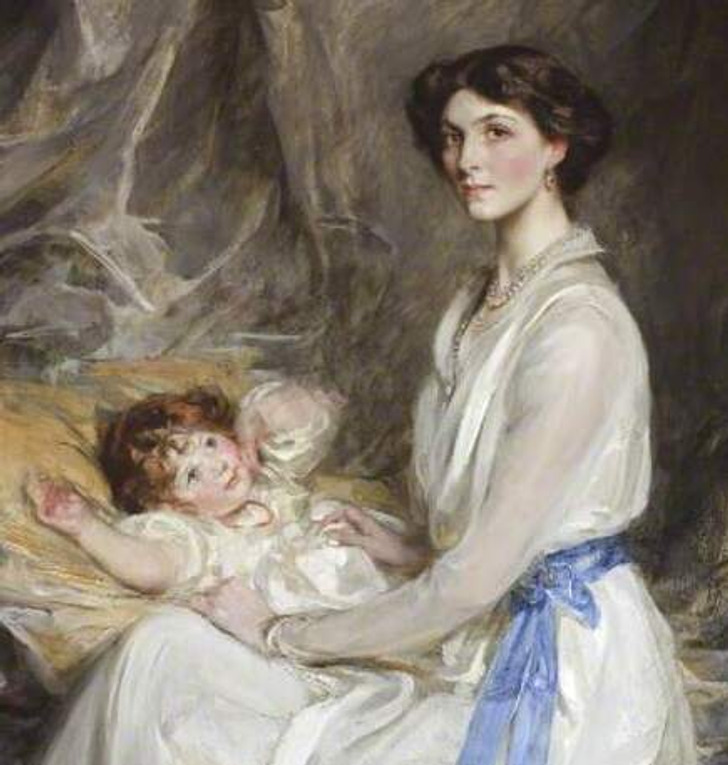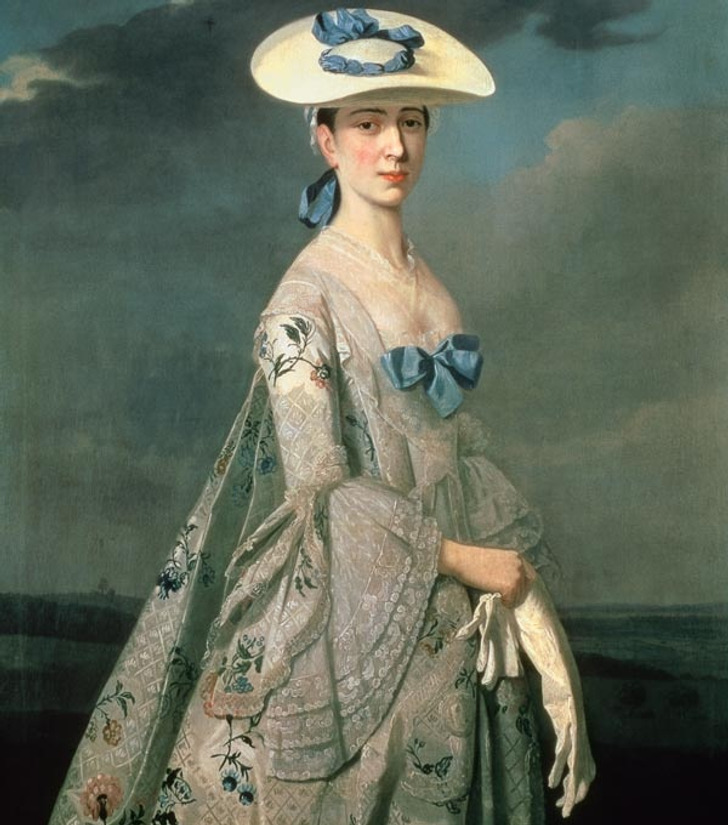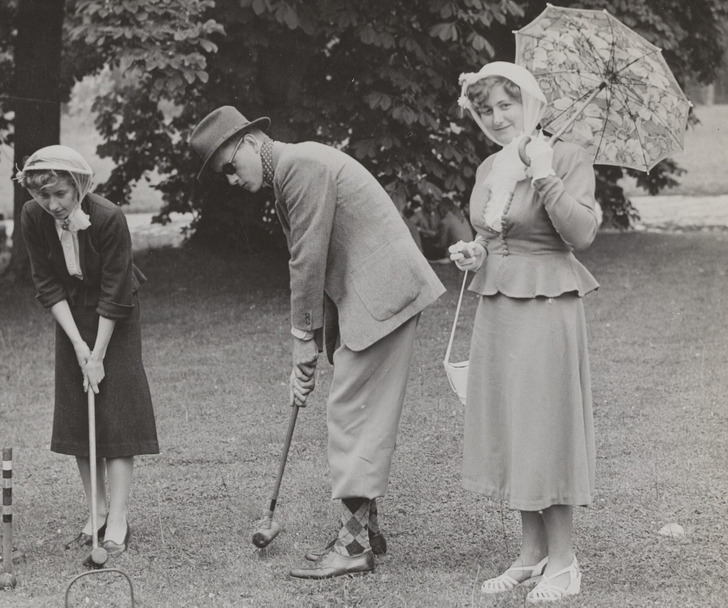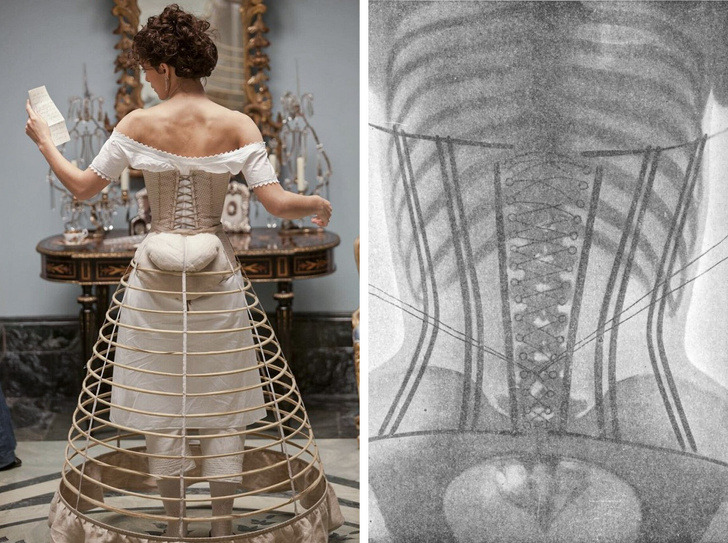10 Etiquette Rules From the Past That Look Nothing But Weird Today
From childhood, we’ve been taught proper rules of behavior that exist in society. This science is called “etiquette.” And each epoch had its own version of etiquette. In Ancient Greece, for example, it was okay to have dinner lying down, and just 150 years ago, it was considered indecent to put your gloves on in the street.
Coming to dinner with your own spoon
During the reign of the Tudors in England, it was customary to bring your own knife and spoon to the table. And this didn’t refer only to the very grandest of houses where they would be provided.
Looking serious in photos
If you look at old photographs, you will see that people are not smiling in most of them. Historians say that one of the reasons could be dental. Most people’s teeth were not in very good condition or they weren’t even present, and therefore, people didn’t want to show them. However, other historians argue that bad teeth were normal for those times, so people didn’t hesitate to show them.
According to another theory, it was all about the rules of etiquette. Wide smiles were associated with madness or something obscene, so people tried not to smile.
Marrying the proper person
During the Victorian era, etiquette rules regulated almost all sides of personal life, including dating and marriage. For example, a brunette lady was advised to marry a red-headed man with a florid complexion. According to Thomas E. Hill, who wrote the book Manual of Social and Business Forms: “The very corpulent should marry the thin and spare, and the body, wiry, cold-blooded should marry the round-featured, warmhearted, emotional type.”
Ladies had to use other ways to express their feelings in letters.
In the 19th century, there were rules for proper correspondence, covering everything from acceptable shades of paper and ink to penmanship and wax seals. Post stamps also played an important role. A lady could find out the feelings of her sweetheart without even opening the letter. She just needed to look at the envelope. The letters might have said, “I love you,” but the stamps said, “Goodbye, sweetheart.”
Choosing a hairstyle depending on the hair color
In books for young ladies of the Victorian era, special attention was given to hairstyles. The authors recommended ladies experiment with hairstyles first to understand which styling suited them best. Additionally, they suggested they choose a hairstyle based on the appearance of the young lady.
According to what they wrote, light hair was generally most becoming when curled, while dark hair ringlets should never fall in heavy masses upon the shoulders. On the other hand, the fashion of laying the hair smoothly was fashionable to few because it had a look of vanity instead of simplicity.
Hands staying hidden inside the clothing
In the sixth century BCE, it was considered rude among the Greeks to speak with their hands outside of the clothing. Even the statues of that time had one hand hidden under the cloak. Later, this rule was forgotten for many centuries.
This custom was revived in the eighteenth century when portrait painters began to look for inspiration in ancient sculptures. They liked the “signature” pose of the Greek sculptures, and they began to ask those posing to also hide their hand. As a result, many famous personalities were depicted in this position, as they observed proper etiquette.
Not hugging and kissing your children
Until the mid-twentieth century, parenting books recommended adults ignore crying children. According to the authors, a baby should learn that such behavior will only cause their parents to ignore them. Spoiling a child was considered indecent, and hugging and kissing your children was unacceptable. Another parenting rule of the time was to never play with babies under 6 months old.
Never putting your gloves on in the street
According to the etiquette of the nineteenth century, putting on gloves while in the street was considered a mark of ill-breeding. In the books, it was recommended to check several times before leaving the house whether the lady was completely ready. Arranging the outfit or putting something on in public was considered shameful.
Croquet was a rare occasion where women could wear shorter dresses.
Croquet was hugely popular in the 19th century. This game was considered a respectable activity appropriate for groups of mixed ages and gender, but some critics pointed out that it could be dangerous for the morality of a lady.
In some instances, “croquet dresses” with slightly higher hems were used. This helped women to move easier. But men also constantly complained that ladies were using their long outfits for cheating. So male players insisted that croquet skirts were made shorter to stop ladies from hiding balls under them.
A lady could take off her corset for just 1 hour a week.
In the late nineteenth century, they believed, in many countries, that a woman’s body needed additional support. According to etiquette, the lady’s back was supposed to always remain straight, regardless of whether she was sitting or standing. It was believed that without it, the internal organs of a woman simply could not withstand the load.
Do you think a modern person could observe these etiquette rules? Tell us in the comments below.
